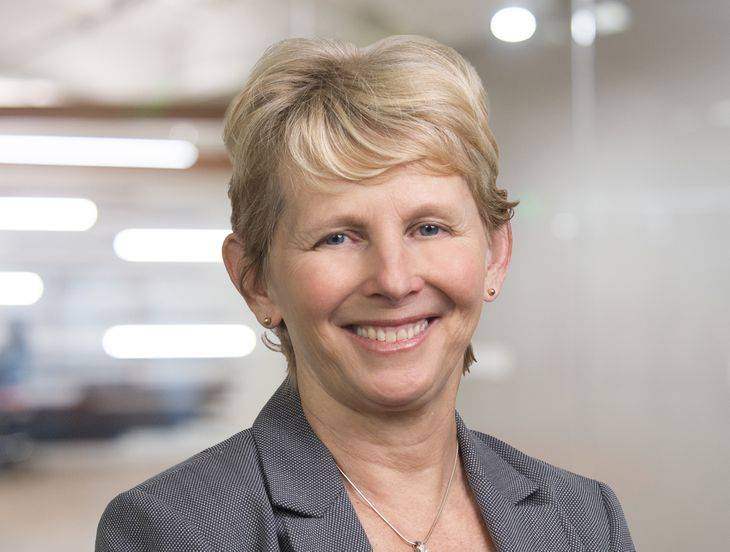Will Congress Do The DEW? What A Proposed Labor-Education Department Merger Would Mean For You
Insights
6.25.18
The Trump administration just announced an ambitious plan to overhaul the federal bureaucracy that would include the merging of the Department of Labor (USDOL) with the Department of Education. The 132-page proposal announced on June 21, titled “Delivering Government Solutions in the 21st Century – Reform Plan and Reorganization Recommendations,” says that the merger would bring greater responsiveness, accountability, and efficiency, and would better meet the needs of American workers and students. But what impact would it have on the day-to-day dealings for employers and educational institutions?
The Plan
If Trump’s plan is adopted, the two federal agencies would be merged into one single cabinet agency to be called the Department of Education and the Workforce (DEW). The single agency would have four sub-agencies:
- Enforcement Agency: this department would include all of the worker protection components that employers have come to know, responsible for enforcing statutes relating to wage and hour laws, benefits, occupational safety, and other protections, while also including the Education Department’s Office of Civil Rights;
- K-12 Agency: this department would support state and local education agencies to improve students’ achievement goals, administering activities currently implemented by several sub-agencies under the Department of Education;
- American Workforce and Higher Education Administration (AWHEA): this sub-agency would focus on workforce development programs and vocational educational opportunities, and would include components focused on Higher Education, Disability Employment, and various other workforce development aims; and
- Research, Evaluation, and Administration Agency: finally, this sub-agency would focus on policy development, research, and evaluation.
As another part of this restructuring, the USDOL’s Bureau of Labor Statistics would move to the Department of Commerce to bring all primary economical statistical agencies under one umbrella. A comprehensive flowchart showing all of these developments can be found here.
What Would This Merger Mean For Your Organization?
The proposed merger intends to bring a measure of efficiency to the federal bureaucracy, but it remains to be seen how it would actually unfold. For example, while it might make sense for certain responsibilities to be brought under one roof given some natural overlap between the two agencies, the enforcement functions appear to be two distinct universes.
Currently, the enforcement arms of the Department of Labor and the Department of Education have completely different focuses, distinct investigative procedures, and oversee divergent sets of statutes. For example, those agency administrators currently assigned to work for employment-related offices under the Department of Labor—such as the Occupational Safety and Health Administration (OSHA), the Wage and Hour Division, and the Office of Federal Contract Compliance Programs (OFCCP)—have little to no oversight into the world of education.
While certain education opportunities exist in some enforcement offices, like training and consultation by OSHA, it is hard to imagine how employers would see any improvements in efficiency when working with these and other USDOL branches. Further, an enforcement branch like the Mine Safety and Health Administration (MSHA), which is so unique and dedicated to such a small sector of our economy, would be nearly impossible to merge with any other office of the government.
The administration has promised to provide additional detail regarding the specific components of the plan in the coming weeks and months. For now, the proposal includes a broad outline of the recommended merger, among many other maneuvers that the administration hopes to take.
Congress Will Have Last Word
It’s important to remember that this is just a proposal and it still needs Congressional approval. If history is any indication, Trump will face an uphill climb to have this proposal put into action. Just last May, the administration released a detailed plan to merge the OFCCP into the Equal Employment Opportunity Commission (EEOC)—but that plan fell flat with lawmakers and was never implemented. Six years ago, President Obama proposed a more modest bureaucratic overhaul that would have seen the National Oceanographic and Atmospheric Administration merge into the Interior Department, and that plan also went nowhere.
Within hours of the proposal’s release, several lawmakers expressed skepticism of the plan to form the DEW, while others reserved judgment until they had a chance to review it more thoroughly and a few praised the reorganization plan. No doubt federal unions will scrutinize the proposal and mobilize if they get the impression that implementation will lead to a loss of jobs for USDOL or Education Department workers. Given the hostile or indifferent terrain that the administration might expect, the viability of this plan remains to be seen. Fisher Phillips will monitor developments and provide updates as this plan heads to Capitol Hill.
For more information, contact your Fisher Phillips attorney.
This Legal Alert provides an overview of a specific regulatory proposal. It is not intended to be, and should not be construed as, legal advice for any particular fact situation.
Related People
-
- Suzanne K. Bogdan
- Partner
-
- Travis W. Vance
- Regional Managing Partner

